Anirudha Dutta & Xun Ming Ip of CLSA Asia-Pacific Markets try to decode the consumption pattern of teenagers in eight countries.
Looks like the ways to consume media will continue to change. A survey conducted in eight countries on teenagers confirms the popularity of new devices and ways to access information and content. More importantly, their choices provide an indicator as to where a media company should head if it is to win the heart of tomorrow’s paying consumers, who make up just less than a fifth of the world population. Based on 11 key trends we draw from their essays, we highlight stocks that are set to benefit.
How 14 teenagers from eight countries consume media and what they find cool
We asked 14 teenagers in eight countries to write an essay for us on how they consume media, their preferences, what they think is cool, what they pay for, what they will not pay for, what irks and irritates them, etc. The countries are Australia, China, India, Indonesia, South Korea, Sweden, the UK and the USA. Among the respondents were 10 girls and four boys. The oldest person has just crossed her teens and the youngest is about to step into the teens. By no means are they representative of an entire generation. But the sample shows a good mix of developing and developed economies and the largest media markets of today as well as of tomorrow.
Today’s teenagers are tomorrow’s paying consumers
The consumption of media has evolved over the past two decades with the onset of the world wide web: we now read news online instead of grabbing a newspaper; download music and movies from the web rather than buying CDs/DVDs; communicate with friends and family on Facebook instead of picking up the phone. Technological advancements will surely drive more changes, but so will today’s young people, as they grow up to be paying consumers more tech-savvy and demanding of speed than their parents. Their preferences will affect how information is consumed and paid for. If they are the delight of some marketers, they are also cause for despair for many.
How 14 teenagers from eight countries consume media and what they find cool
While the world is getting flatter and more globalised, there remain strong socio-cultural and political differences between nations and genders that are reflected in teenagers’ attitudes towards products and brands, etc. The 14 teenagers who wrote essays for us come from Australia, China, India, Indonesia, South Korea, Sweden, the UK and the USA. Among them were 10 girls and four boys. By no means are they representative of an entire generation. Our sample shows a good mix of developing and developed economies and the largest media markets of today as well as tomorrow.
Key picks based on 11 key trends
We identify 11 key trends from the essays:
-
print media and radio are in crisis;
-
internet is all pervasive and convergence is here;
-
teenagers are mobilecentric;
-
they do not use emails much;
-
those in developed markets are more cautious on spending;
-
they do not want to pay and they hate advertisements;
-
gender stereotypes are reinforced in media-consuming habits;
-
the younger generation is time-constrained;
-
the world is indeed flat;
-
they trust their parents the most; and
-
they care about the environment.
The only certainty is change
Internet has had a major effect on media consumption
The consumption of media has been evolving, especially since the advent of the internet. The way and sources from which we get news, music and games, read books and magazines as well as interact with friends and relatives have all significantly changed over the past two decades.
A return to the past
A case in point is the news industry. According to the 9-15 July 2011 issue of The Economist, the internet is taking the news industry back to the conversational culture of the era before mass media. The internet has turned the news industry upside down, making it more participatory, social, diverse and partisan - as it used to be before the arrival of the mass media.
Will Google or Facebook retain their market share and mindshare?
Profound changes will certainly take place once again over the next decade, partly driven by technological advancements. While some internet companies continue to blossom, some are falling. We know that MySpace, which was touted as one of the hottest properties on the internet a few years back and acquired by News Corp at $580 million in 2005, was sold recently in 2011 for $35 million. Before that, Friendster, Facebook’s precursor, declined a $30 million buyout offer from Google in 2003, only to be sold at $26 million six years later.
Remember Orkut? The seven-year-old social-networking site Google launched in 2004. Meanwhile, Facebook has gone from strength to strength. Once again, the only certainty is change. Will Google, Facebook or YouTube retain their appeal and mindshare?
Today’s teenagers will be tomorrow’s earners and spenders
Generation Next will drive the second change. Today’s teenagers will be tomorrow’s paying consumers as they start working. Their habits, attitudes and preferences will have a profound effect on how media is consumed and paid for. Young people without a doubt are technologically far more literate than the generation of their parents and are at the forefront of the ongoing digital revolution. If they are the delight of some marketers, they are also cause for despair for many.
Their attitudes and preferences today will influence their choices tomorrow
While members of Gen Next will change as they grow older (wiser?) and start their work life, their present behaviour is a strong indicator of how things could evolve over the next 10 years.
Also, while some say the world is becoming flatter and more globalised, there remain strong socio-cultural and political differences between countries and genders (a risk of stereotyping?) that shape behaviour and attitudes, which are reflected in the consumption of media, preference for brands, etc.
Winners and losers
If there is one brand that stands out in the essays, it is Apple. All of our teenage respondents own or want to own Apple products, whether it is an iPod or an iPhone or an iPad, and the brand sets the standards of what is cool. In mobile phones, apart from Apple, Samsung and BlackBerry are also popular.
On the internet, teenagers spend most time on Facebook, YouTube, Tumblr, Google, Amazon, Wikipedia and eBay. Poddar says, ‘Facebook totally rules the roost when it comes to popular sites. The rate at which it is accessed is phenomenal. This is followed by YouTube.’ In China and South Korea, local websites like Baidu and Naver are common search engines and have the lion’s share of the market. It was a pleasant surprise to see that the website of not-for-profit education organisation Khan Academy also finds a mention among frequently visited web destinations.
Crisis for print media and radio
Who took my newspaper away?
Fewer teenagers, particularly in the developed markets, seem to be reading newspapers. ‘I do not read any newspapers or online news,’ says Reid Bradt, aged 14 from the US. His peers from another part of the world share a similar habit. ‘One thing is for sure: nobody in our age likes reading the news. We don’t care about politics,’ expresses Situ Chengyao from Chongqing, China.
Internet news has been the big gainer, and newspapers the big loser
Whatever little news consumption takes place is primarily on the internet. In the US, about 70% of the news is accessed through TV but over the past decade, even that has seen a gradual decline, peaking just above 80% in 2002. The big loser has been the newspapers and radio has by and large remained stable at the bottom of the pile. The gainer is the internet, which has seen its share increase to 40%, from under 15% in 2001. This trend is likely to continue.
One of the 14-year-olds reads The Economist
There are exceptions. Among the teens, Upasana Chatterjee, 14, from Stockholm reads newspapers regularly. So does Tanya Narse, 15, from London, although her classmate says she does not read newspapers at all. Maybe this has something to do with their Indian origin. Chatterjee also reads The Economist regularly, information that will certainly delight the publisher.
Most news will be consumed online
Downunder, Elizabeth Goh, 20, from Sydney gets her daily dose of news from TV channels like Al Jazeera and the BBC, and subscribes to The New York Times. This suggests the lack of news consumption among most may also be a function of age.
What is certain is that most young people now get news online and to a lesser extent on TV, except in India, where newspapers are still popular even among teenagers thanks to poor connectivity plus reading habits. And this pattern is visible globally. Between 2005 and 2010, average daily circulation of paid-for newspapers declined by 14.7% in the US and 8.5% in the UK, while it grew 44.1% in India, 18.4% in Indonesia and 14.2% in China. In 2008, India overtook China to become the largest market for paid-for daily newspapers, with 110 million copies being sold every day.
As today’s teenagers grow up to be tomorrow’s paying consumers, the trend is clear - the newspaper business is likely to face an increasing crisis as news consumption shifts online.
Is paywall the answer to the woes of newspapers?
Newspapers publishers have to figure out how to make their online avatars profitable. Larry Kilman of the World Association of Newspapers has been quoted in The Economist as saying, ‘It’s not an audience problem - it’s a revenue problem.’ Newspapers have started erecting paywalls on their websites to make readers pay for content that has for long been provided free of cost. More and more of them are adopting the metered-paywall model, wherein visitors to their sites get to read some stories and news items.
India has some 1.2 billion people. There are 230 million teenagers, who make up an estimated 19.3% of the total population, making India the region with the highest proportion of teenagers in our survey, 5.5% more than its closest rival, China. Typical of developing Asian countries, India has the second-highest gender ratio among teenagers, at 1.13, just behind China.
The favourable age demographics is unlikely to last, as the proportion of teenagers should fall by 5.9% over the next few years to 13.4% of the population in 2020, albeit still the highest in our survey. The number of teenagers increases by a slight 4.1 million to 2020 but drops drastically from then on to 222 million by 2050.
Here is a case study on Anusha Poddar.
Anusha Poddar
Age: 20 (November 1991)
Favourite brands: Baggit, Louis Vuitton, Puma, Adidas, Levi’s, Esprit, Pepe Jeans, UCB
What’s hot: DSLR cameras, Fast-track glares, Rahul Gandhi, Apple, Adidas
What’s not: SMS slang, people who make a game out of their personal lives, Mufti, Kodak
Although Poddar is technically no longer a teenager, she is similar to others we surveyed.
Like Upasana Chatterjee, an Indian teenager who lives in Sweden, she enjoys photography, and also lusts after a DSLR camera. She doesn’t think it makes sense to buy stored media, and gets her music from YouTube. She believes Limewire and BearShare are a thing of the past. Everything should be available online, since technology is developing so quickly, she says, and the only things worth paying for are live shows. But e-books don’t interest her, and she likes going to the theatre to see her movies, giving her more of a sense of social gathering than downloading and watching at home might.
Poddar also says she watches less TV in her spare time than her friends do - and her friends use their 3G mobile phones to do so rather than their television sets. ‘Probably television might just become altogether obsolete,’ she predicts.
Like the other teens from India, she prefers to read a print copy of the newspaper, as ‘it’s way easier to grab a copy’ than to read up online. She pronounces TV news channels ‘gimmicky.’
Poddar trusts her parents for issues regarding career, her friends for relationship and fashion advice, and the government to run the country.
Poddar writes...
‘Limewire and BearShare for a short while which were a fad sometime back have seen significant fall in their usage’
Today in the ever changing society, a plethora of avenues have opened up in almost all aspects imaginable. Be it career options, be it ways of entertainment or ways to gain knowledge.
There were times when radio was a thing to treasure. People swore by their radio sets and religiously followed the Binaca Sangeetmala [a radio programme] at assigned times in the night or simply listened to the commentary on it.
Considering the scores of options that people have today can be attributed to the decline in the importance and the sense of pride that things like these exuded earlier. Talking of more recent developments, the culture of buying CDs too has been replaced by the influx of internet.
Most teenagers fulfill their quota of listening to music online itself. Even downloading music seems to have become a thing of the past. Things like Limewire and BearShare for a short while which were a fad sometime back have seen significant fall in their usage and is pretty insignificant in terms of use if compared to the usage that sites like YouTube have. I don’t find sense in downloading music. Everything gets redundant after some time and music is so dynamic that new things hit the shores at light’s speed. It’s much better to listen to whatever you want to, online rather than unnecessary piling up stuff. And then why would one buy an audio CD for Rs200-300 when it is possible to listen to it for free. Earlier people used to buy such CDs if they were platinum editions etc.
However, that trend is fast falling. People are not willing to pay for music anymore barring for exclusive live shows.
In that sense internet seems to have conquered almost every possible aspect of our lives. Nowadays downloading movies and watching them on the [computer] is seen as a much convenient and faster option. Though I don’t watch movies online or download them. For quite a major chunk of the teens theatres still hold a charm that is thankfully untouched by the internet bug. It’s a different joy altogether to watch movies with friends and family on the big screen. Most people have Wi-Fi connection at home.
Facebook totally rules the roost when it comes to popular sites.
The rate at which it’s accessed is phenomenal. This is closely followed by YouTube and other online music sites. It is exciting to share videos and other things with people. As a source of information also internet saves a lot of time and it is preferred over the traditional sources such as magazines and books, etc.
Playing on consoles is not as fun as competing with gamers all over the world
Another very interesting feature which attracts millions to the world of internet is online gaming. Game freaks from around the world can compete on a common platform. It gives a whole new high to game addicts.
Consoles like PlayStation and Xbox had their fair share of popularity in their hay days. But competing with the console itself cannot be compared at all to the heady thrill of actually competing with gamers from all over the world. So this is one new trend that is fast catching up in a big way. Also shopping has been made easy thanks to the internet. Sites like eBay and indiatimes shopping offer a vast variety of products available to purchase sitting at home. Suppose we are planning to buy a cell phone from a shop. Before you venture out to shop, with the help of these online shopping websites or portals where there is a gallery of available products, one can get a fair idea of what one wants. I prefer to shop that way.
Most teenagers prefer post-paid connection for more flexible use
It’s liberating to have internet on the phone and access to it on the move. Though I have a pre-paid connection I noticed most youngsters prefer a postpaid connection for a more flexible use.
Filling up balances at regular intervals is perceived as a pain in the neck. For unregulated and unrestricted use of the phone, people prefer a post-paid connection. However, I use a pre-paid connection because with a postpaid one I can’t seem to keep a tab on the amount of money I am spending and recklessly go on using it. Texting is way more predominant over calling up as far as preferences are concerned. Even prepaid users largely concentrate and spend most money on texting schemes rather than free minutes of call time. Also, post-paid comes with the freedom to talk endlessly without having to worry about your balance and regular recharges.
‘I still like my fat books’
I find it very strenuous to read entire books staring at the computer screen. I still like my fat books. Though there are a lot of people around me who use this facility, a majority of them still prefer the good old familiar smell of the hard copies. I don’t buy much of them, I usually borrow books. I am more into fiction especially drama.
Traditional sources of news still prevail. Newspapers still haven’t found a significant replacement. Seldom do we come across people who don’t subscribe to newspaper of any kind. Even though e-papers have a significant readership, due to convenient access at any time, it hasn’t done much to take over newspapers going by the trends. I personally would rather read a newspaper than log in on the internet, go to the e paper site. It is way easier to grab a copy of the newspaper. It’s good to know that the reading habits outside the arena of internet are still intact as far as newspapers are concerned.
‘The latest gadget on my wish list is a digital SLR camera’
Yes I do own a camera. I click most of my pictures on my outings with friends and family. Although I love taking pictures of nature also, most of my albums are filled up with photos of my near and dear ones. DG cameras have made photography so much simpler. No longer do I have to be worried about spoiling a precious photo on the film. I can click as many photos as I like and delete the rest. Transferring and sharing these images with friends has become easy and fast with the advent of smart phones. The latest gadget on my wish list is a digital SLR camera.
Having used it once, I realised that it is fun to click with this camera and it enhances the images that I take to a professional level!
‘I am not much of a TV person and prefer to listen to music’
I don’t have my own TV nor do I intend to have one. I prefer to listen to music rather than spending time watching TV. My most expensive possession is my laptop.
Favourite brands
Brands do influence my shopping. But it mostly depends on what I am buying. If it is clothes, shoes or bags, I prefer to buy brands rather than non-branded things. I love Puma and Adidas for all my sports wear. Baggit and Louis Vuitton are my favourites for bags. For clothes, I like Esprit, Pepe Jeans, Levi’s and UCB.
Over the last few years, I have noticed that the amount of time I spend texting my friends and talking to them on phone has increased a lot. Although I hardly watch any TV, I spend a lot of time surfing on net and chatting with old friends on social networking sites. While working, I need to have my music player on! I have started using SMS/ slang language everywhere. I think over the next few years, all work will be done with just a mobile phone in your hand. Probably television might just become obsolete altogether because anyway the rate at which technology is changing it is so difficult to say what might survive and what might not in this rat race. People have anyway started watching TV on their mobile phones thanks to 3G. And all major technological shifts have happened gradually over a period of time so what seems distant right now, in the next five years may just become a reality.
I think over the next few years, all work will be done with just a mobile phone.
Trust is supremely subjective. There are certain things for which we tend to turn to our parents for advice. For example if it’s a career related query parents are the ones we trust. However for things like relationship advice or some say on the way we dress up, or trends maybe, we generally tend to turn to peers. Needless to say peers, etc, have a major influence on our own perception of style or trends. And of course media, predominantly movies influences me a lot too. I definitely closely watch what kind of clothes the sought after people wear on the television etc. Today everything on television news channel looks like a TRP garnering gimmick. I trust newspapers as an ideal source of information. Government is a bit underrated I feel, so there is not complete distrust in the government.
The article is an extract from a 96-page special report on Teenage Consumers by Anirudha Dutta, head of thematic research at CLSA Asia-Pacific Markets and Xun Ming Ip. Reprinted with permission.
![submenu-img]() Ganesh Chaturthi 2024 shubh muhurat: Check city wise puja timings, visarjan date, and bhog for Ganpati Bappa
Ganesh Chaturthi 2024 shubh muhurat: Check city wise puja timings, visarjan date, and bhog for Ganpati Bappa![submenu-img]() 'Leaders in Delhi never liked me…’ Omar Abdullah alleges poll 'conspiracy'
'Leaders in Delhi never liked me…’ Omar Abdullah alleges poll 'conspiracy'![submenu-img]() Boney Kapoor announces new film, its title has a Mr India connect: 'Probably by December we...'
Boney Kapoor announces new film, its title has a Mr India connect: 'Probably by December we...'![submenu-img]() Meet actress, who worked for 17 hours straight on toxic sets, her mental health was affected, left industry, is now...
Meet actress, who worked for 17 hours straight on toxic sets, her mental health was affected, left industry, is now...![submenu-img]() Over 200 Patients celebrate freedom from diabetes in Madhavbaug's nationwide campaign 'Azadi Diabetes Se'
Over 200 Patients celebrate freedom from diabetes in Madhavbaug's nationwide campaign 'Azadi Diabetes Se'![submenu-img]() Hathras Accident: यूपी के हाथरस में बड़ा सड़क हादसा, 15 लोगों की मौत, कई घायल
Hathras Accident: यूपी के हाथरस में बड़ा सड़क हादसा, 15 लोगों की मौत, कई घायल![submenu-img]() J-K विधानसभा चुनाव: 'आर्टिकल 370 को हम कभी वापस नहीं आने देंगे', अमित शाह ने जारी किया BJP का संकल्प पत्र
J-K विधानसभा चुनाव: 'आर्टिकल 370 को हम कभी वापस नहीं आने देंगे', अमित शाह ने जारी किया BJP का संकल्प पत्र![submenu-img]() Kanhaiya Lal Murder: कन्हैयालाल हत्याकांड में दूसरे आरोपी जावेद को भी मिली बेल
Kanhaiya Lal Murder: कन्हैयालाल हत्याकांड में दूसरे आरोपी जावेद को भी मिली बेल![submenu-img]() Assembly Election 2024: हरियाणा में भाजपा नेताओं के बगावती तेवर, कहीं बिगड़ न जाए जीत का समीकरण
Assembly Election 2024: हरियाणा में भाजपा नेताओं के बगावती तेवर, कहीं बिगड़ न जाए जीत का समीकरण![submenu-img]() Viral Video: Indigo की फ्लाइट में बंद हो गया एसी, गर्मी से परेशान यात्री हो गए बेहोश
Viral Video: Indigo की फ्लाइट में बंद हो गया एसी, गर्मी से परेशान यात्री हो गए बेहोश ![submenu-img]() DNA Auto Awards 2024: Maruti Suzuki Swift nominated for ‘CAR OF THE YEAR’; check price, features
DNA Auto Awards 2024: Maruti Suzuki Swift nominated for ‘CAR OF THE YEAR’; check price, features![submenu-img]() DNA Auto Awards 2024: Hyundai Alcazar Facelift nominated for ‘CAR OF THE YEAR’; check details
DNA Auto Awards 2024: Hyundai Alcazar Facelift nominated for ‘CAR OF THE YEAR’; check details![submenu-img]() Hyundai Creta Knight Edition launched in India: Check price, features, design
Hyundai Creta Knight Edition launched in India: Check price, features, design![submenu-img]() DNA Auto Awards 2024: Citroen Basalt nominated for ‘CAR OF THE YEAR’; check price, features
DNA Auto Awards 2024: Citroen Basalt nominated for ‘CAR OF THE YEAR’; check price, features![submenu-img]() DNA Auto Awards 2024: Tata Curvv nominated for ‘CAR OF THE YEAR’; check price, features
DNA Auto Awards 2024: Tata Curvv nominated for ‘CAR OF THE YEAR’; check price, features![submenu-img]() UPSC topper IAS Shruti Sharma's marksheet goes viral on social media, check her scores in different subjects
UPSC topper IAS Shruti Sharma's marksheet goes viral on social media, check her scores in different subjects![submenu-img]() Meet man, who lost his mother in childhood, worked as milk seller, cracked NEET exam with AIR...
Meet man, who lost his mother in childhood, worked as milk seller, cracked NEET exam with AIR...![submenu-img]() Meet man who failed 35 exams, cracked UPSC exam twice, first became IPS then quit due to...
Meet man who failed 35 exams, cracked UPSC exam twice, first became IPS then quit due to...![submenu-img]() Meet man, who was forced into child marriage at 11, cracked NEET exam with AIR...
Meet man, who was forced into child marriage at 11, cracked NEET exam with AIR...![submenu-img]() Meet woman who cracked UPSC exam in first attempt without coaching at 22, got AIR 31, she is now posted as…
Meet woman who cracked UPSC exam in first attempt without coaching at 22, got AIR 31, she is now posted as…![submenu-img]() Mumbai: Fire Breaks Out At Times Tower In Mumbai, 9 Fire Units Deployed
Mumbai: Fire Breaks Out At Times Tower In Mumbai, 9 Fire Units Deployed![submenu-img]() 'Dharavi Project Is About Restoring Dignity...', Says Gautam Adani | Dharavi Redevelopment Project
'Dharavi Project Is About Restoring Dignity...', Says Gautam Adani | Dharavi Redevelopment Project![submenu-img]() Kolkata Doctor Case: CBI Visits RG Kar, Seizes Documents On Funds Used During Sandip Ghosh’s Tenure
Kolkata Doctor Case: CBI Visits RG Kar, Seizes Documents On Funds Used During Sandip Ghosh’s Tenure![submenu-img]() Giriraj Singh Attacked: Union Minister Giriraj Singh Assaulted In Begusarai, Bihar; Accused Arrested
Giriraj Singh Attacked: Union Minister Giriraj Singh Assaulted In Begusarai, Bihar; Accused Arrested![submenu-img]() Haryana Assembly Election 2024: Haryana Assembly Election Date Changed, Check Details Here
Haryana Assembly Election 2024: Haryana Assembly Election Date Changed, Check Details Here![submenu-img]() Mukesh Ambani set to challenge Adani, ITC with his Rs 3900 crore plan for...
Mukesh Ambani set to challenge Adani, ITC with his Rs 3900 crore plan for...![submenu-img]() NPCI launches 'UPI circle', check what it is and how it works
NPCI launches 'UPI circle', check what it is and how it works![submenu-img]() Mukesh Ambani's Reliance Jio to give tough competition to BSNL with this plan, it offers 5G data at just Rs...
Mukesh Ambani's Reliance Jio to give tough competition to BSNL with this plan, it offers 5G data at just Rs...![submenu-img]() This company repays Rs 20000 crore debt for... and it has a Ratan Tata connection
This company repays Rs 20000 crore debt for... and it has a Ratan Tata connection![submenu-img]() Meet woman, billionaire's daughter, who studied in London, now leads Rs 1124 crore company as...
Meet woman, billionaire's daughter, who studied in London, now leads Rs 1124 crore company as...![submenu-img]() From Cristiano Ronaldo to Virat Kohli: List of highest-paid athletes in last 12 months
From Cristiano Ronaldo to Virat Kohli: List of highest-paid athletes in last 12 months![submenu-img]() Meet actor who worked as waiter, sold tea, namkeen for 14 years, debuted in Bollywood at 42; now his net worth is...
Meet actor who worked as waiter, sold tea, namkeen for 14 years, debuted in Bollywood at 42; now his net worth is...![submenu-img]() Parents-to-be Deepika Padukone, Ranveer Singh seek blessings at Siddhivinayak with families days before baby's arrival
Parents-to-be Deepika Padukone, Ranveer Singh seek blessings at Siddhivinayak with families days before baby's arrival![submenu-img]() Gout remedies: 7 natural ways to lower uric acid levels in the body
Gout remedies: 7 natural ways to lower uric acid levels in the body ![submenu-img]() Active players with most centuries in international cricket
Active players with most centuries in international cricket ![submenu-img]() 'Leaders in Delhi never liked me…’ Omar Abdullah alleges poll 'conspiracy'
'Leaders in Delhi never liked me…’ Omar Abdullah alleges poll 'conspiracy'![submenu-img]() Over 200 Patients celebrate freedom from diabetes in Madhavbaug's nationwide campaign 'Azadi Diabetes Se'
Over 200 Patients celebrate freedom from diabetes in Madhavbaug's nationwide campaign 'Azadi Diabetes Se'![submenu-img]() 'When we were dragged on roads...': Wrestler Vinesh Phogat slams BJP
'When we were dragged on roads...': Wrestler Vinesh Phogat slams BJP![submenu-img]() India emerges as second-largest global 5G smartphone market, overtakes...
India emerges as second-largest global 5G smartphone market, overtakes...![submenu-img]() Union Home Minister Amit Shah releases BJP manifesto for J&K assembly elections
Union Home Minister Amit Shah releases BJP manifesto for J&K assembly elections











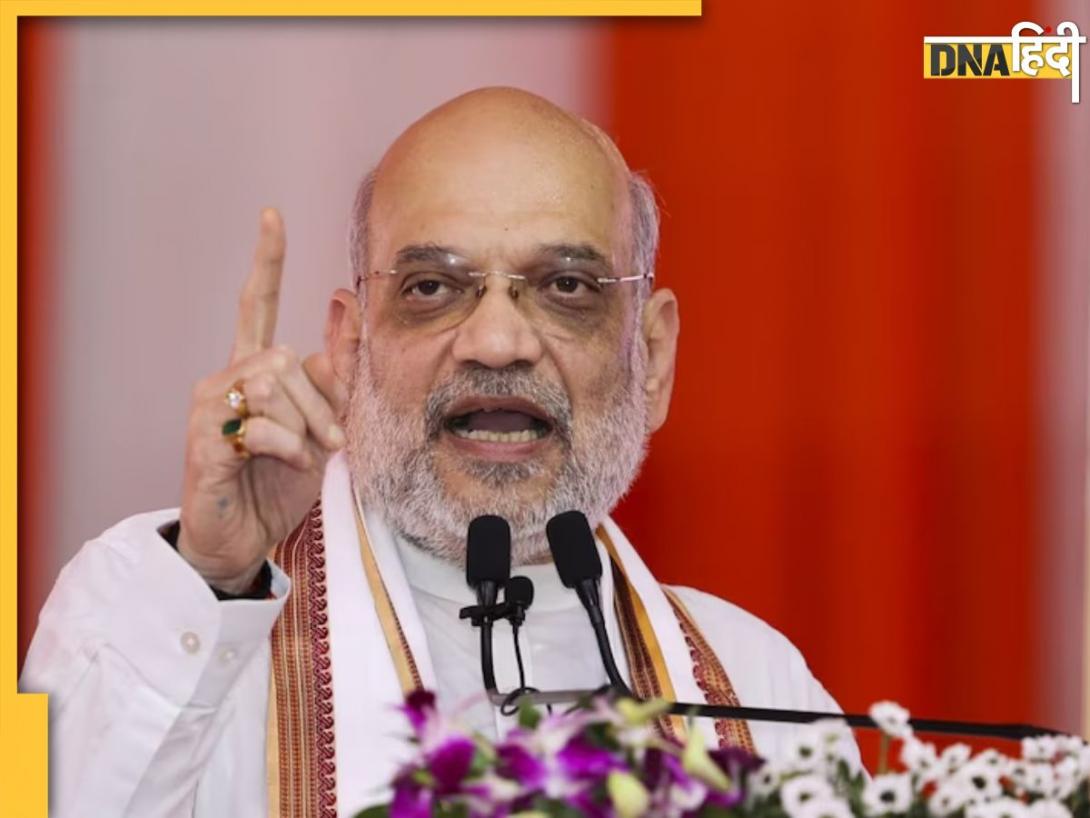

















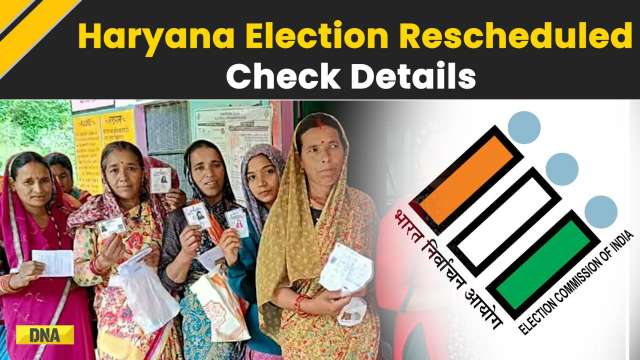


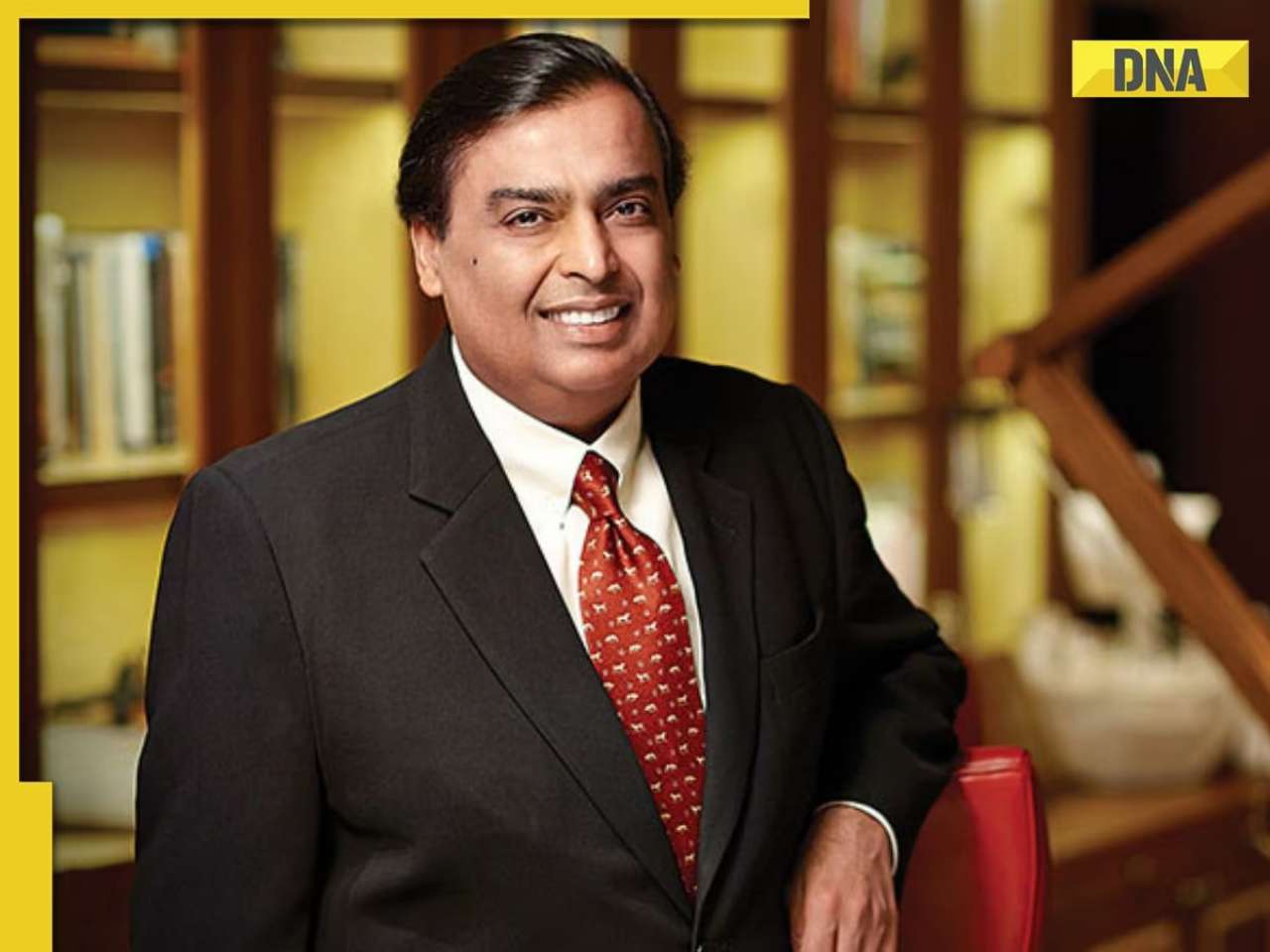








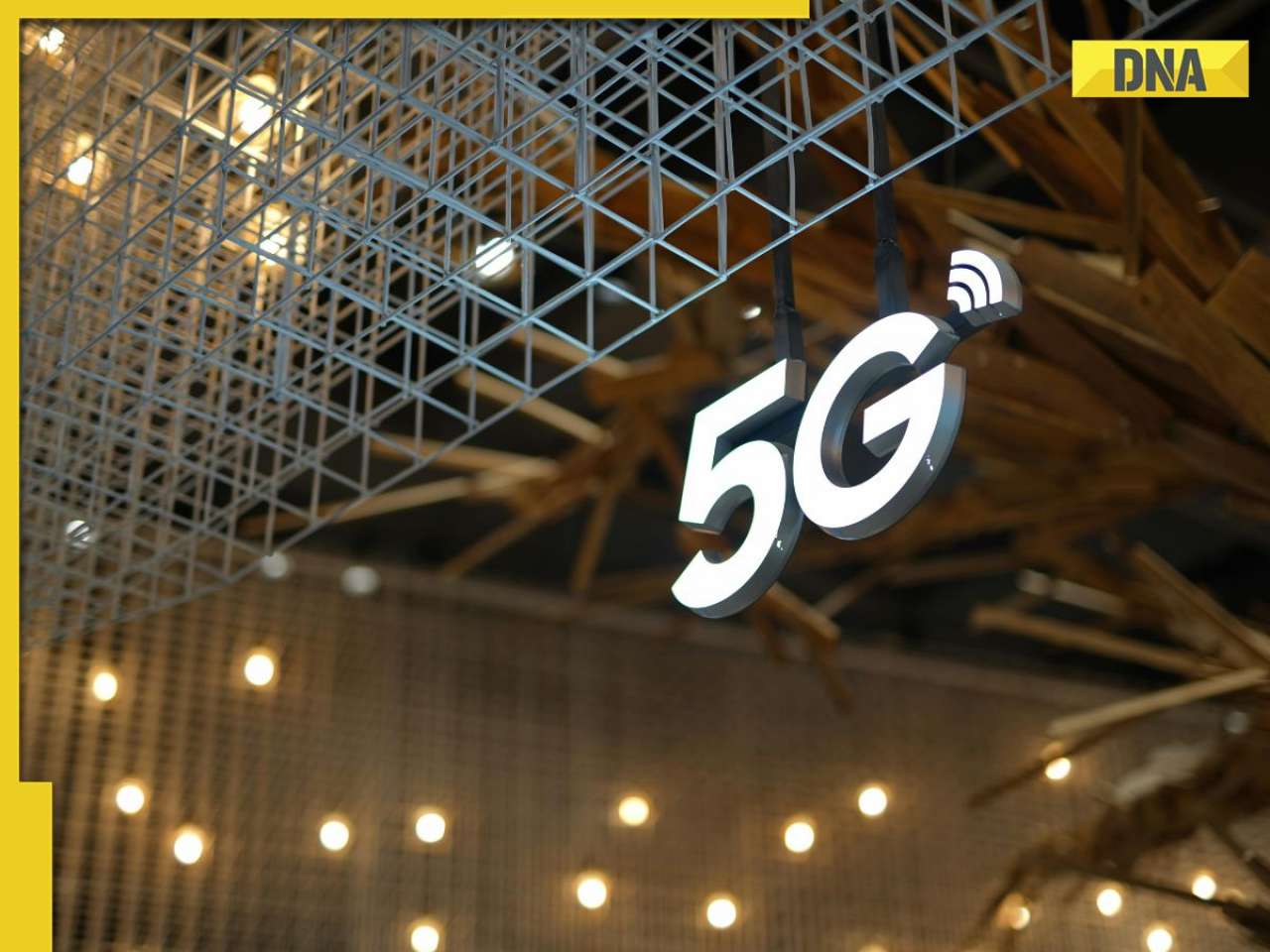
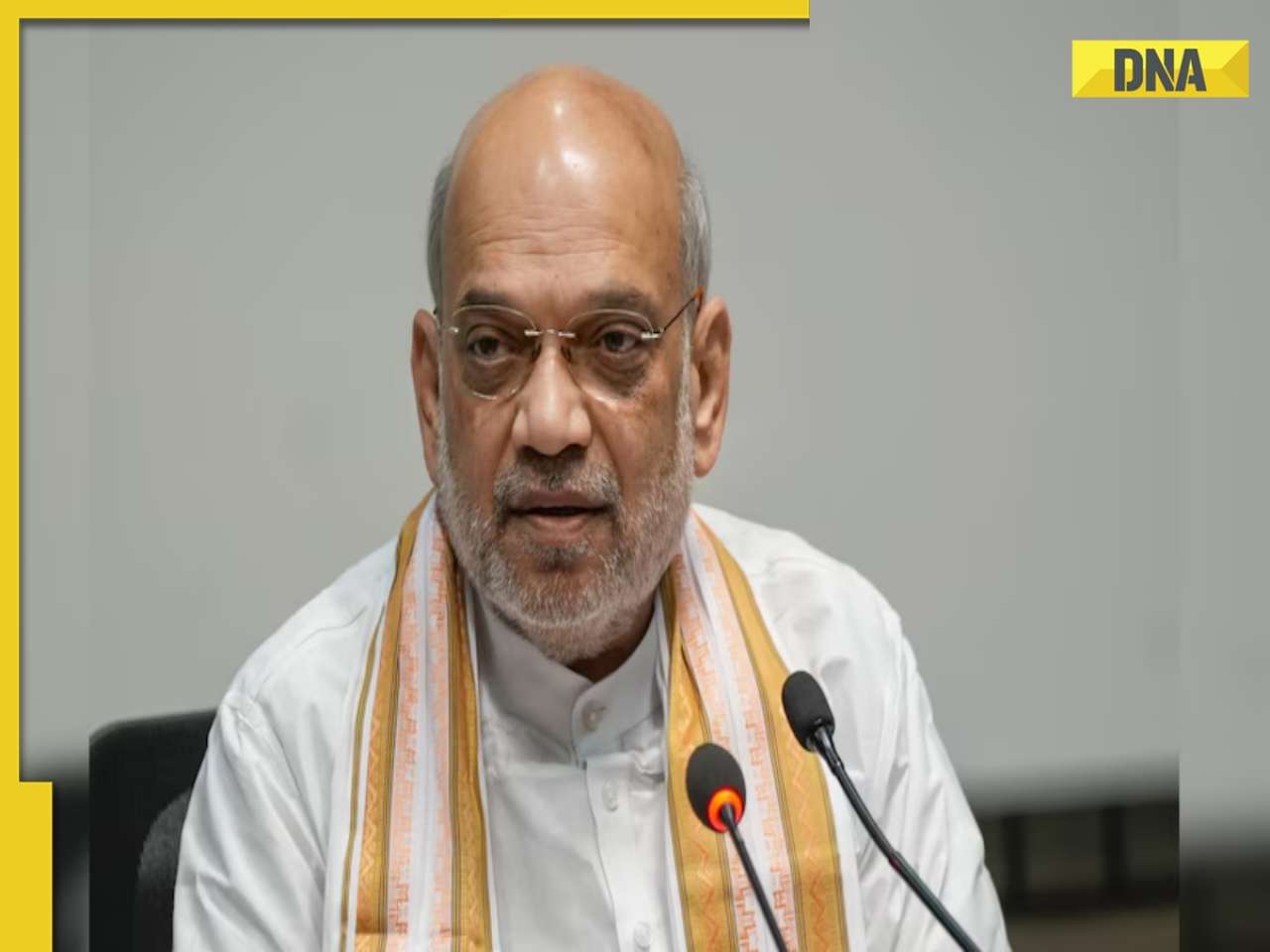


)
)
)
)
)
)
)
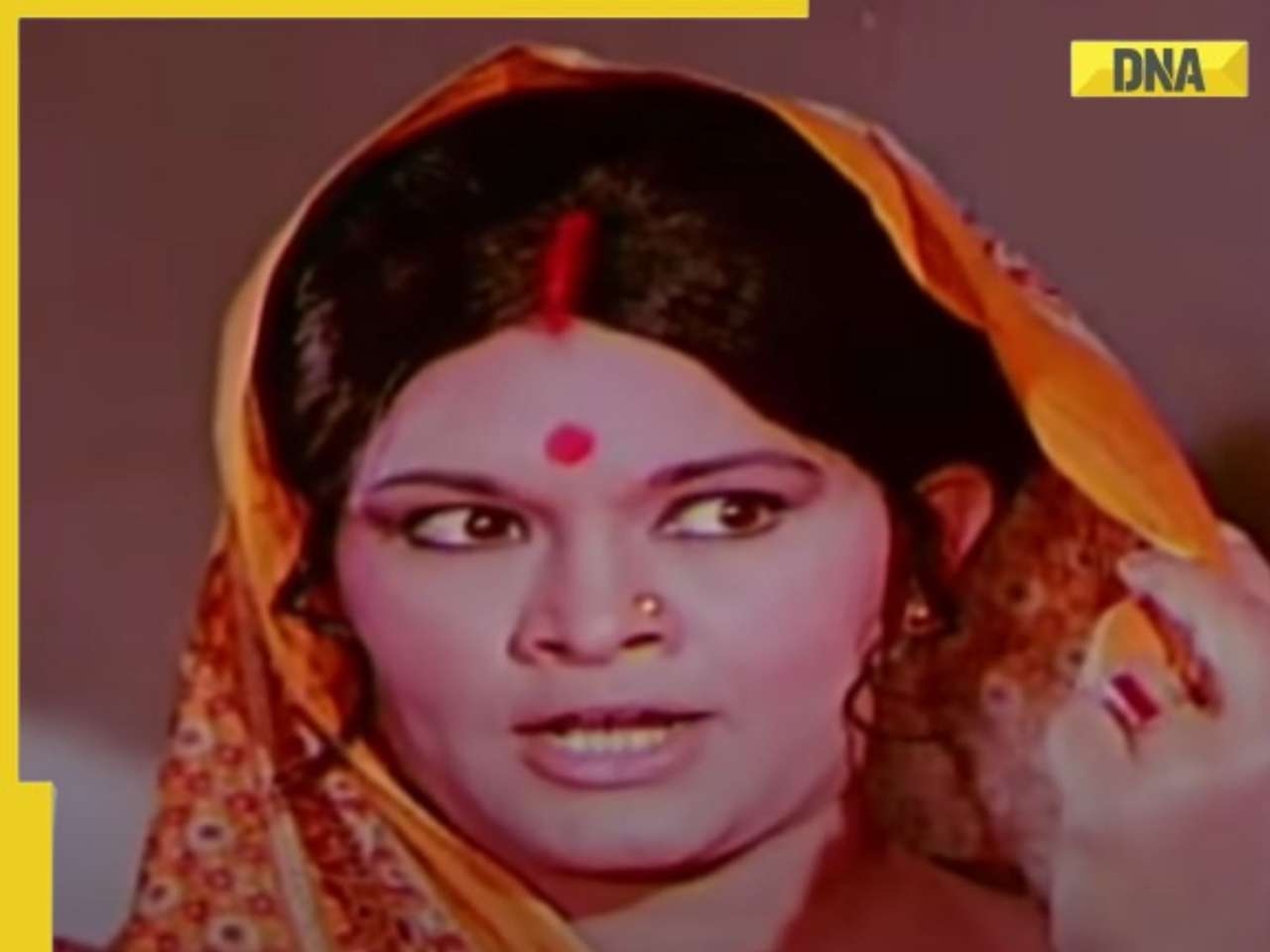)
)
)
)
)
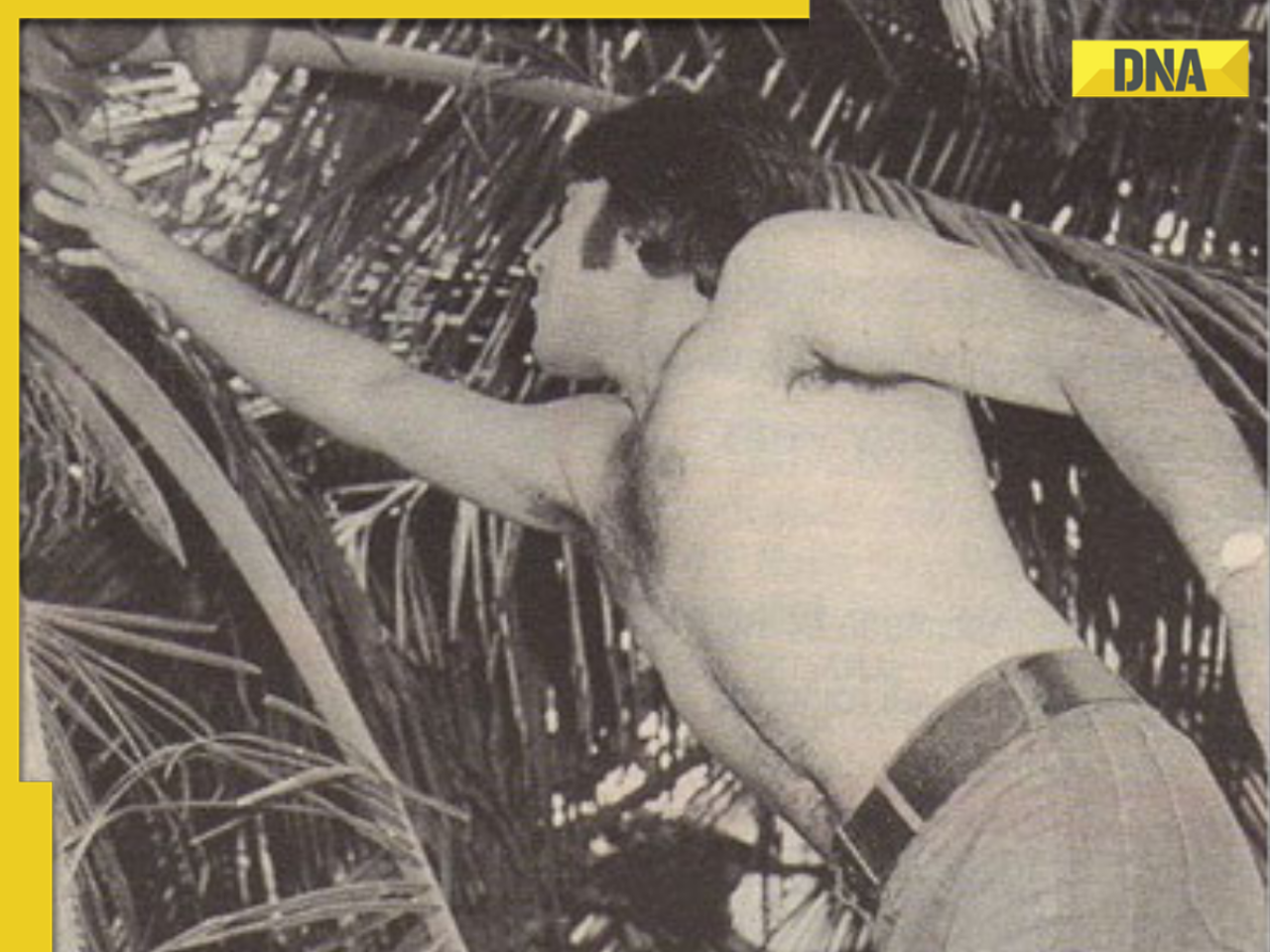)
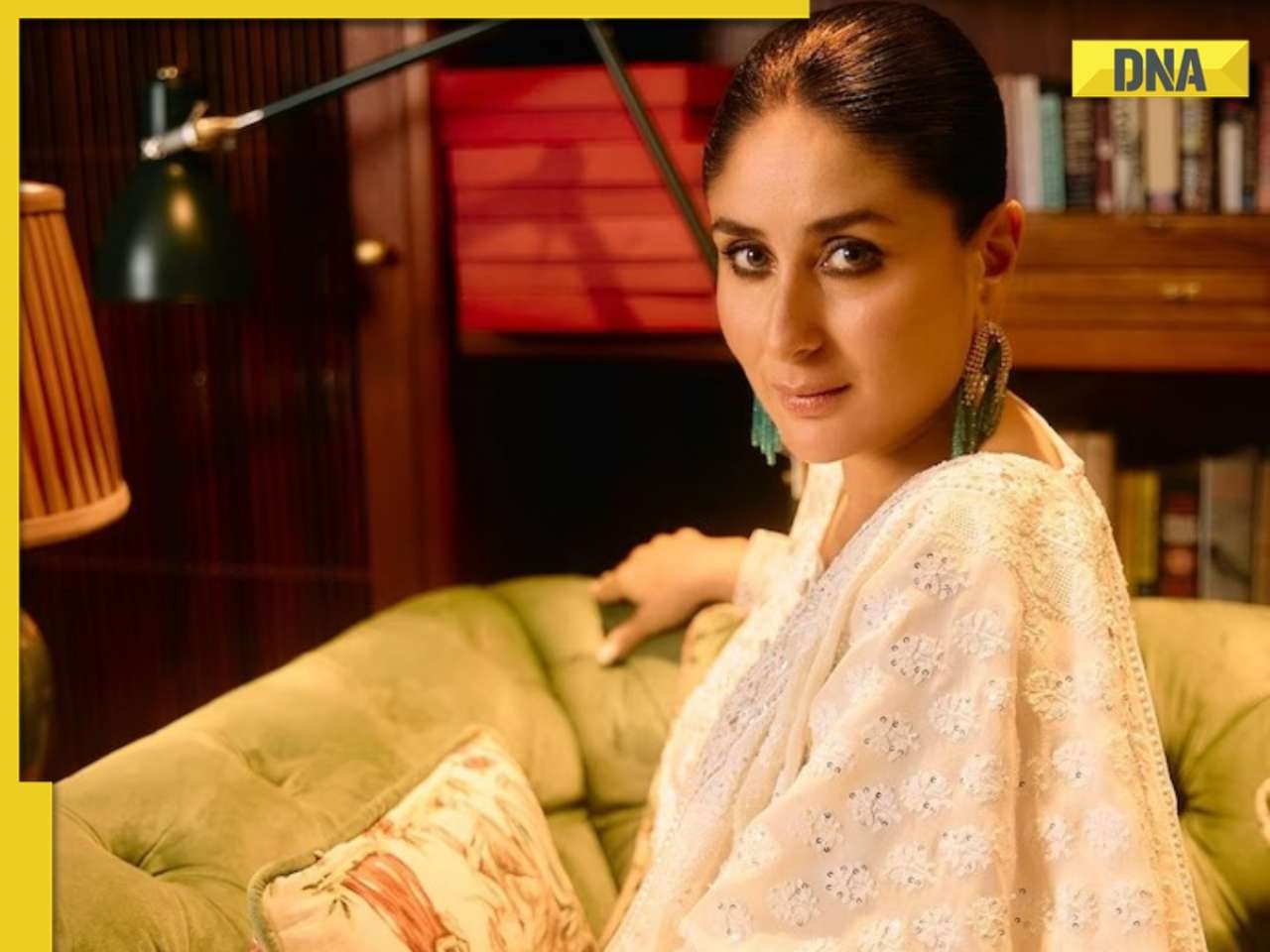)





)
)
)
)
)
)